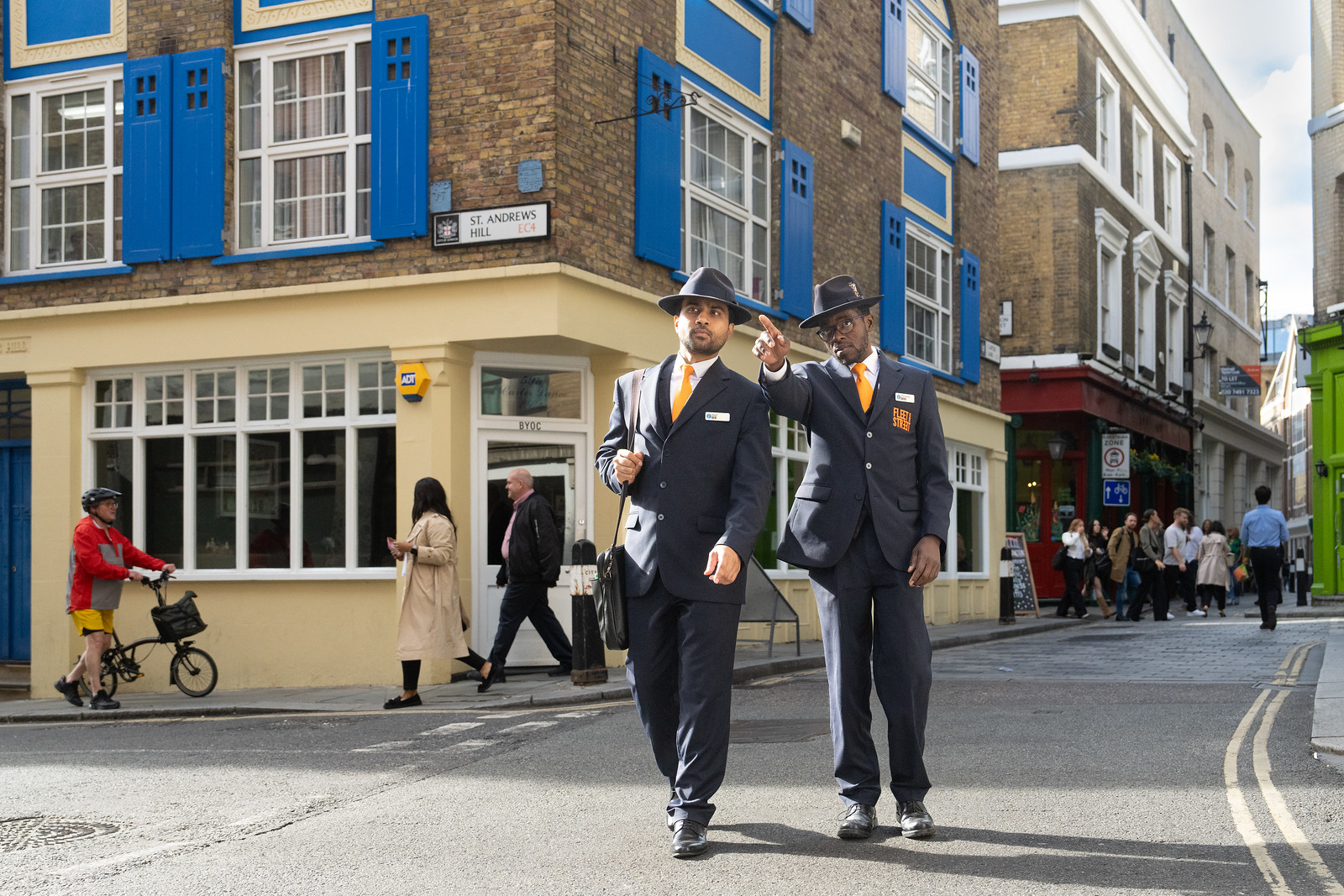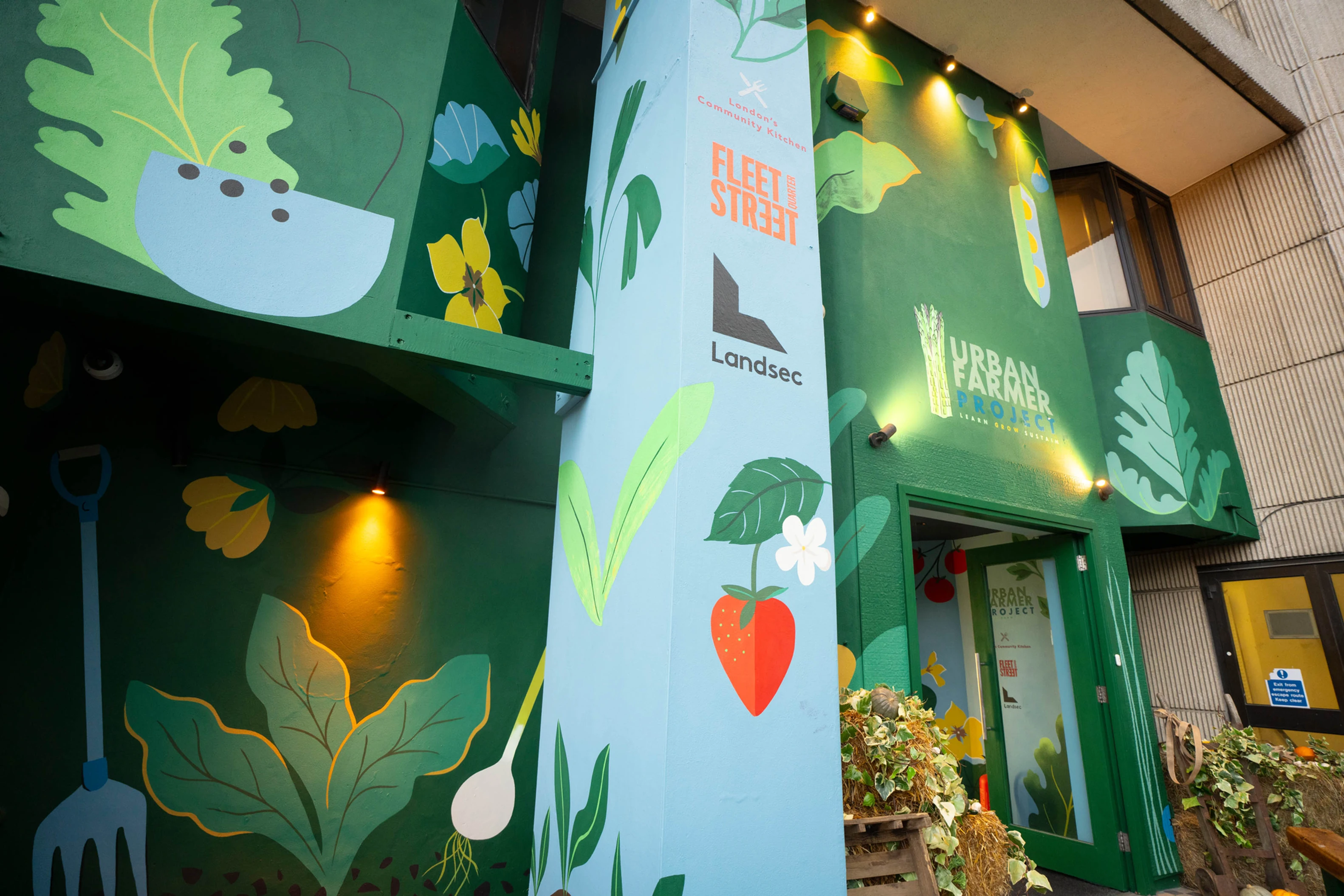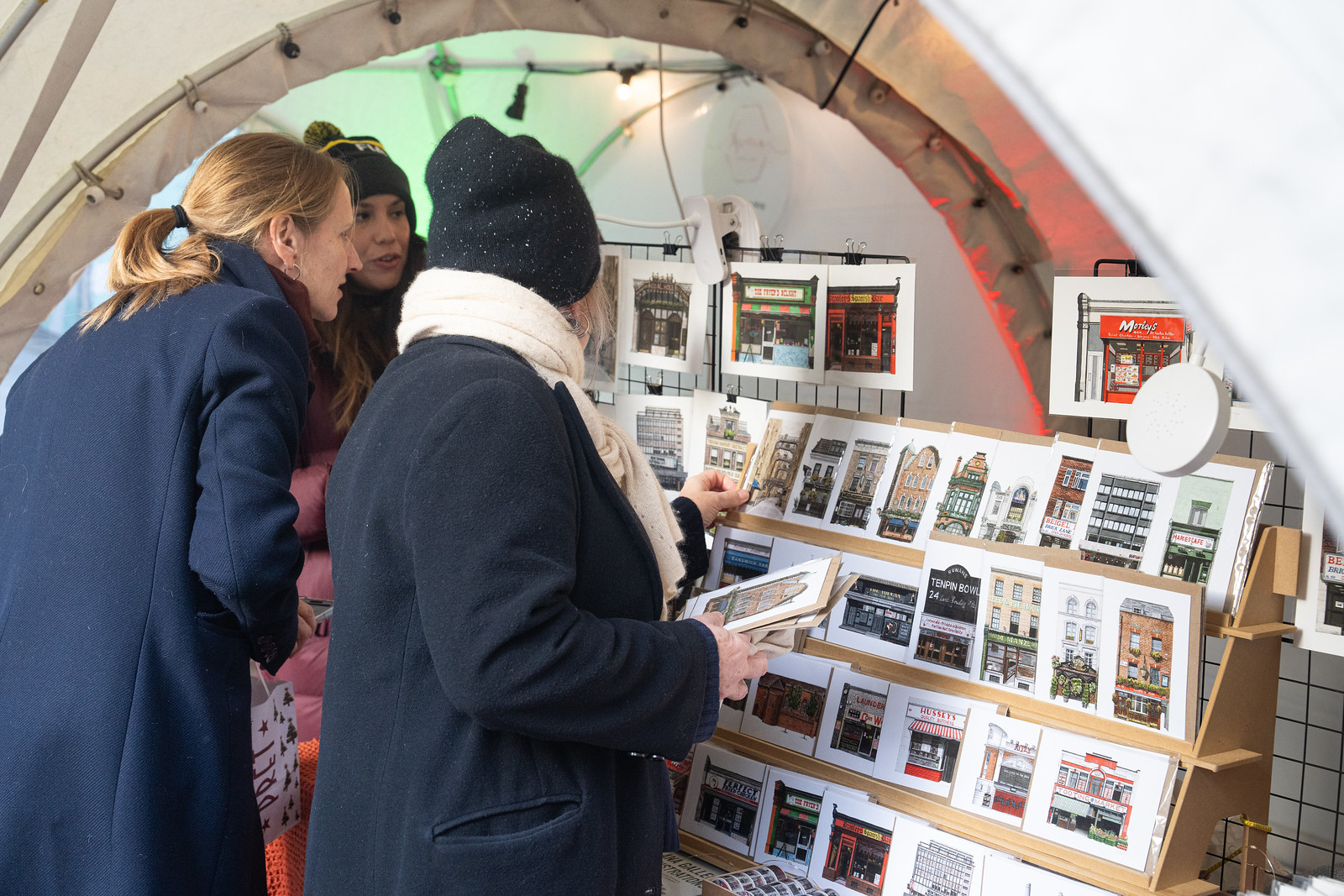Who are Fleet Street Quarter?
In February 2022, local businesses voted overwhelmingly in favour of establishing the Fleet Street Quarter Business Improvement District (BID). This favourable outcome demonstrated a strong mandate amongst businesses to work more collectively in leading, shaping and influencing a comprehensive programme of activity – positioning the Fleet Street Quarter as a thriving and vibrant destination.
Encompassing an area which features Fleet Street at its heart, but embracing fascinating areas such as Chancery Lane, Holborn, Ludgate Hill and New Street Square, the Fleet Street Quarter aspires to shape the whole area into a thriving place to live, work, and visit.
"IF YOU THINK ABOUT THE POLITICAL CONTROL AND INFLUENCE NEWSPAPERS HAVE HAD THROUGHOUT HISTORY, THAT ALL HAPPENED HERE. THIS WAS WESTMINSTER MARK TWO FOR A REALLY LONG TIME. THE AMOUNT OF HISTORY AND THE NUMBER OF SECRETS THAT HAVE BEEN THROUGH THE STREETS ARE IMMENSE."
Alison Lee, Foundation Manager (CEO) at the St Bride Foundation
History
Fleet Street is world-famous for its association with journalism and the printing industry. It was in 1476 that William Caxton brought the first printing press using moveable type to England. Following Caxton’s death, his printer, Wynkyn de Worde, transferred the business to Fleet Street in 1500, setting up his press adjacent to St Bride’s Church.
This was an inspired commercial move: the Fleet Street area teemed with lawyers, clergy, and members of religious orders, all eager to access the printed word – as were the ‘Stationers’, based around St Paul’s Cathedral, who were, in origin, manuscript writers and illuminators. Other printing presses followed suit, and because Fleet Street swiftly became the unrivalled home of the printing industry it was also the place where the first newspapers were produced.
St Bride’s Church was founded in the sixth century and re-designed by Sir Christopher Wren following its destruction during the Great Fire of London in 1666. Its unique ministry to the printing industry began with Wynkyn de Worde (who is buried in the church), and today extends to all areas of journalism and the media throughout the world.
The popularity of newspapers grew in the early 19th century and Fleet Street became home to papers such as The Times, Daily Express and The Daily Telegraph. While the giant printing presses were housed in the cavernous basements of buildings, some of which went down as deep as three floors, the whole street vibrated when the presses ran in the evening, printing the following day’s news. In the 1980s, the newspaper businesses started to leave the street, opting for electronic printing operations in Wapping. The last journalists left Fleet Street in 2016, when the Dundee-based Sunday Post closed its London office.
Find out what's on in Fleet Street Quarter here: WHAT'S ON | Fleet Street Quarter



